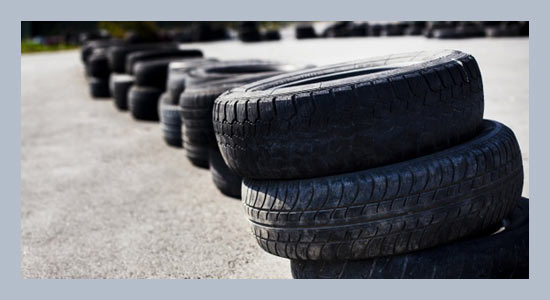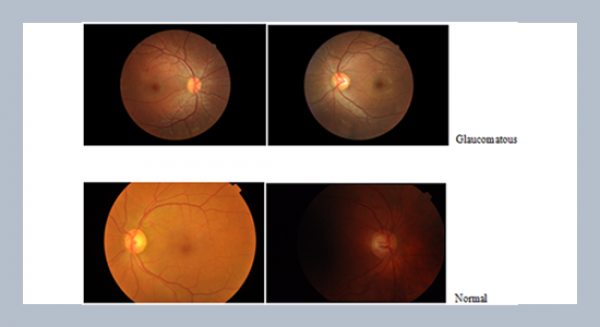REFERENCES
- [1] Anderson, D. A. and Kennedy, T. W. 1993. Development of SHRP Binder Journal of the Association of Asphalt Paving Technologists.62:481–507.
- [2] Anderson, D. A., Christensen, D. W. and Bahia, H. 1991. Physical Properties of Asphalt Cement and the Development of Performance-Related Specifications. Journal of the Association of Asphalt Paving Technologists. 60:437–475.
- [3] Chiu, C. T. 1994. Investigation on Laboratory Asphalt Aging Processes for Development of an Effective Procedure to Characterize Asphalt Durability. D. Dissertation, University of Florida.
- [4] McLeod, N. W. 1989. Relationship of Paving Asphalt Temperature Susceptibility as Measured by PVN to Paving Asphalt Specifications, Asphalt Paving Mixture Design and Asphalt Pavement Performance. Journal of the Association of Asphalt Paving Technologists. 58:504–539.
- [5] Davis, R. L. 1987. Relationship between the Rheological Properties of Asphalt and theRheological Properties of Mixtures and Pavements, Asphalt Rheology: Relationship to Mixture. ASTM, Special Technical Publication. 941:28–50. [Publisher Site]
- [6] Kandhal, P. S., Sandvig, L. D., Kkoehler, W. C. and Wenger, M. E. 1973. Asphalt Viscosity - Related Properties of In-Service Pavements in Pennsylvania.ASTM, Special Technical Publication.
- [7] Lee, M. G. 1996. Development of Relationships between SHRP Asphalt Test Parameters and Structural Mixtures for Mechanistic Analysis and Rehabilitation Design of Flexible Pavements. D. Dissertation, University of Florida.
- [8] M. M., Hopman, P. C. and Molenaar, A. A. 1996. Application of Fracture Mechanics Principles to Analyze Cracking in Asphalt Concrete, Journal of the Association of Asphalt Paving Technologists. 65:1–39.
- [9] Little, D. N., Lytton, R. L., Williams, D. and Kim, Y. R. 1997. Propagation and Healing of Microcracks in Asphalt Concrete and Their Contributions to Fatigue. Asphalt Science and Technology. ed. by Arthur M. Usmani, New York, Marcel Dekker.149–195.
- [10] Kim, Y. R., Lee, H. J. and Little, D. N. 1997. Fatigue Characterization of Asphalt Concrete using Viscoelasticity and Continuum Damage Theory. Journal of the Association of Asphalt Paving Technologists. 66:520–569. [Publisher Site]
- [11] Roque, R., Buttlar, W. G., Ruth, B. E., Tia, M., Dickison, S. W. and Reid, B. 1997. Evaluation of SHRP Indirect Tension Tester to Mitigate Cracking in Asphalt Pavements and Overlays. Final Report to the Florida Department of Transportation, August.364.
- [12] Mirsayar, M. M. 2014. On fracture of kinked interface cracks – the role of T-stress. Materials & Design. 61:117–123. [Publisher Site]
- [13] Mirsayar, M. M. and Park, P. 2015. The role of T-stress on kinking angle of interface cracks. Materials & Design. 80:12–19. [Publisher Site]
- [14] Mirsayar, M. M., Aliha, M. R. M. and Samaei A. T. 2014. On fracture initiation angle near bimaterial notches – effect of first non-singular stress term. Engineering Fracture 119:124–131. [Publisher Site]
- [15] Razmi, A. and Mirsayar, M. M. 2017. On the mixed mode I/II fracture properties of jute fiber-reinforced concrete. Construction Building Materials. 148:512–520. [Publisher Site]
- [16] Mirsayar, M. M. 2015. Mixed mode fracture analysis using extended maximum tangential strain criterion. Materials & Design. 86:941–947. [Publisher Site]
- [17] Mirsayar, M. M., Joneidi, V. A., Petrescu, R. V. V., Petrescu, F. I. T. and Berto, F. 2017. Extended MTSN criterion for fracture analysis of soda lime glass. Engineering Fracture 178:50–59. [Publisher Site]
- [18] Mirsayar, M. M., Berto, F., Aliha, M. R. M. and Park, P. 2016. Strain-based criteria for mixed-mode fracture of polycrystalline graphite, Engineering FractureMechanics. 156:114–123. [Publisher Site]
- [19] Mirsayar, M. M., Park, P. 2016. Mixed mode brittle fracture analysis of high strength cement mortar using strain-based criteria. Appl. Fract. Mech. 86:233–238. [Publisher Site]
- [20] Razmi, A. and Mirsayar, M. M. 2018. Fracture resistance of asphalt concrete modified with crumb rubber at low temperatures. International Journal of Pavement Research and Technology. 11:265–273. [Publisher Site]
- [21] Grant, T. P. 2001. Determination of Asphalt Mixture Healing Rate Using the Superpave Indirect Tensile Test. D. Dissertation, University of Florida.
- [22] Paris, P. C. and Erdogan, F. 1963. A Critical Analysis of Crack Propagation Laws. Transactions of the ASME. Journal of Basic Engineering. 85:528–534. [Publisher Site]
- [23] Zhang, Z. 2000. Identification of Suitable Crack Growth Law for Asphalt Mixtures Using the Superpave Indirect Tensile Test (IDT). D. Dissertation, University of Florida.
- [24] Presti, D. L. 2013. Recycled Tyre Rubber Modified Bitumens for road asphalt mixtures: A literature review. Construction and Building Materials. 49:863–881. [Publisher Site]
- [25] Way, G. 2000. OGFC Meets CRM: Where the Rubber meets the Rubber: 12 Years of Durable Success. Asphalt Rubber 2000 Conference.
- [26] Mashaan, N. S. and Karim, M. R. 2014. Waste tyre rubber in asphalt pavement modification. Materials Research Innovations.18:S6-6-S6-9. [Publisher Site]
- [27] Presti, D. L. and Airey, G. 2013. Tyre rubber-modified bitumens development: the effect of varying processing conditions. Road Materials and Pavement Design. 14:888–900. [Publisher Site]
- [28] MacLeod, D., Ho, S., Wirth, R. and Zanzotto, L. 2007. Study of Crumb Rubber Materials as Paving Asphalt Modifiers. Canadian Journal of Civil Engineering. 34:1276–1288. [Publisher Site]
- [29] Presti, D., Fecarotti, C., Clare, A. and Airey, G. 2014. Toward More Realistic Viscosity Measurements Of Tyre Rubber–Bitumen Blends. Construction and Building Materials. 67:270–278. [Publisher Site]
- [30] Celauro, B., Celauro, C., Presti, D. L. and Bevilacqua, A. 2012. Definition of a laboratory optimization protocol for road bitumen improved with recycled tire rubber.Construction and Building Materials. 37:562–572. [Publisher Site]
- [31] Fernandes, S., Peralta, J., Oliveira, J. R. M., Williams, R. C. and Silva, H. M. R. D. 2017. Improving Asphalt Mixture Performance by Partially Replacing Bitumen with Waste Motor Oil and Elastomer Modifiers. Sci.7:794–804. [Publisher Site]
- [32] Chiu, C. T. Use of ground tire rubber in asphalt pavements: Field trial and evaluation in Taiwan. Resources, Conservation and Recycling. 52:522–532. [Publisher Site]
- [33] ASTM D6931-17: Standard Test Method for Indirect Tensile (IDT) Strength of Asphalt Mixtures, ASTM International, West Conshohocken, PA, 2017, www.astm.org.















